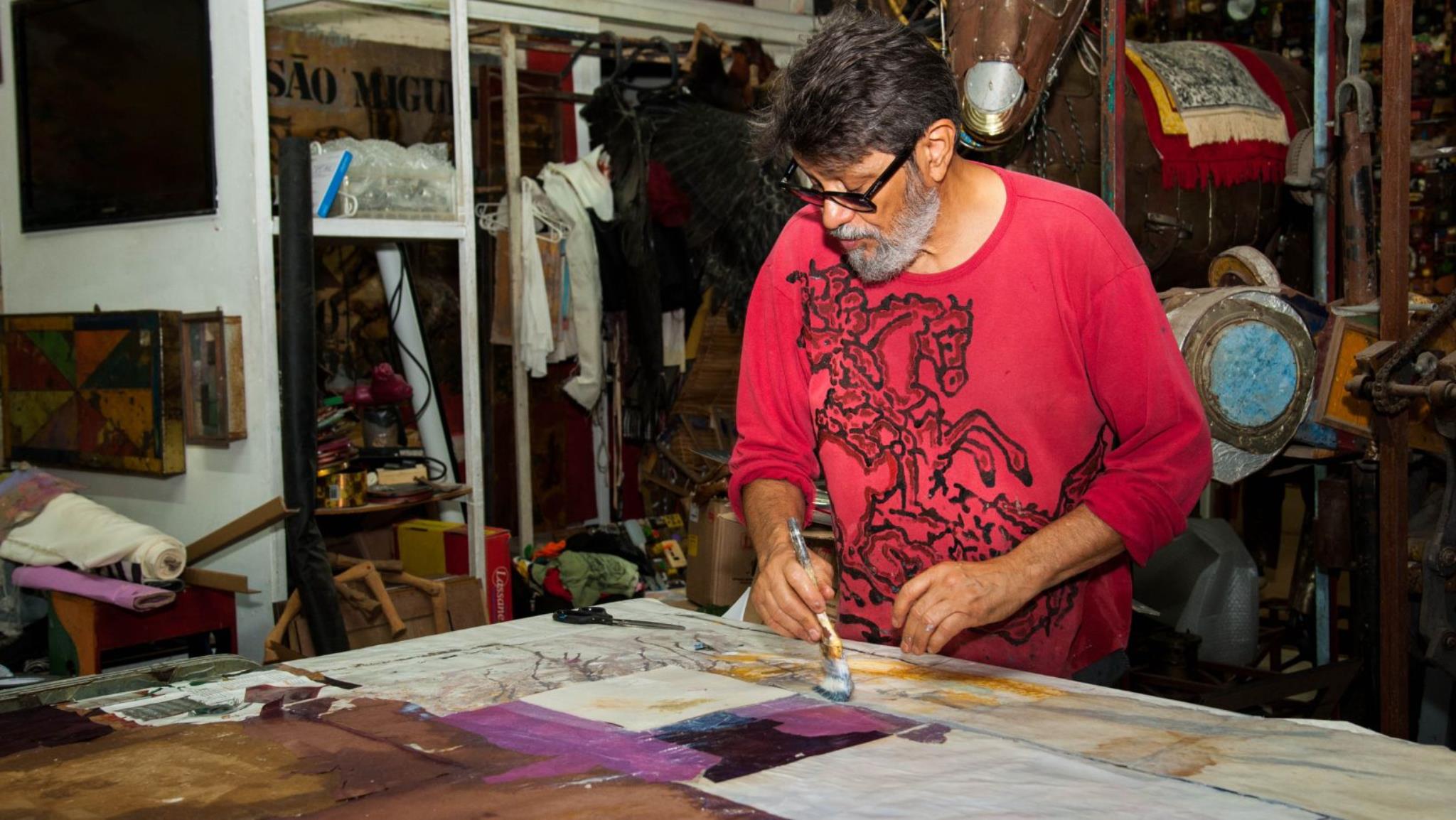
Nova Iguaçu is preparing to host a unique artistic journey with the opening of the exhibition “Quadrelas Fluminenses”, by renowned visual artist and art director Raimundo Rodriguez . Known for his crucial role in acclaimed television productions such as “Hoje é Dia de Maria” and “Velho Chico”, Rodriguez now presents his latest work to the public, curated by Julio Ferreira Sekiguchi . The free exhibition promises an immersion in the colors and shapes of the popular architectural aesthetics of Rio de Janeiro through forty inspiring pieces, displayed in two different locations from April 13th.
What motivated you to create the “Quadrelas Fluminenses” series, and why did you choose wood and tin as the main materials for these works?
I have been working with tin since 1998, 99. It is a material that I have become very fond of because it is abundant in the regions that I frequent, that I live in, which are Baixada Fluminense and the outskirts in general. All people, especially from the poorest communities, use cans for all types of work, transforming cans into all types of utensils and transforming cans into art. That simple. The squares are wall panels, they are wall panels, in this case they are wall plans, wall plans and that always reminds me of these peeling walls, the poorly maintained walls, the architectural details of the walls, so these wall masonry plans or At home they are called squares, so I transformed them, I read Fluminense squares from this view I have of old houses, of the textures of the paints that are peeling. I did a reinterpretation, a visual interpretation in my work, an interpretation of what I see in the houses.
Can you share a little about your creative process? How do you select and transform everyday materials into art?
My work is cyclical, it never ends. For example, these cans, the physical material of the square, are the result of previous works. For example, the scenario of Meu Pedacinho de Chão, which I kept most of that material. My little piece of ground was made entirely out of tin, all of my series called Latifúndio is made from tin… I transformed the entire city of My Little Piece of Ground, 27 two-story buildings, all out of tin. More than 1500 m². There were 20 tons of tin opened, planned, hammered, cut and nailed, like houses. When the soap opera ends, when the city dismantles, I rescued a lot of this material. And this material comes back in square form. So, the work is cyclical. Ten years after production, in 2024, it becomes an unprecedented exhibition. Most of the people who built the scene came from the old Gramacho dump, from the Gramacho collectors’ cooperative, so they already had a lot of skill with the can and helped me a lot in building this universe.
How does Rio’s popular architectural aesthetic influence your work, especially in the “Quadrelas Fluminenses”?
It influenced me in the most natural way possible, because when you live in the city, you look at the buildings, the buildings give you some feeling and I transformed this feeling into my visual arts work. It’s always like this, I’m looking everywhere and everywhere I’m learning something from the shapes I see. It’s very immersive, I look at the city as a platform of possibilities, I look at peripheral and community solutions as artistic solutions, and what I do is what many people use at a gate, for example, I turn a painting, a work of art.
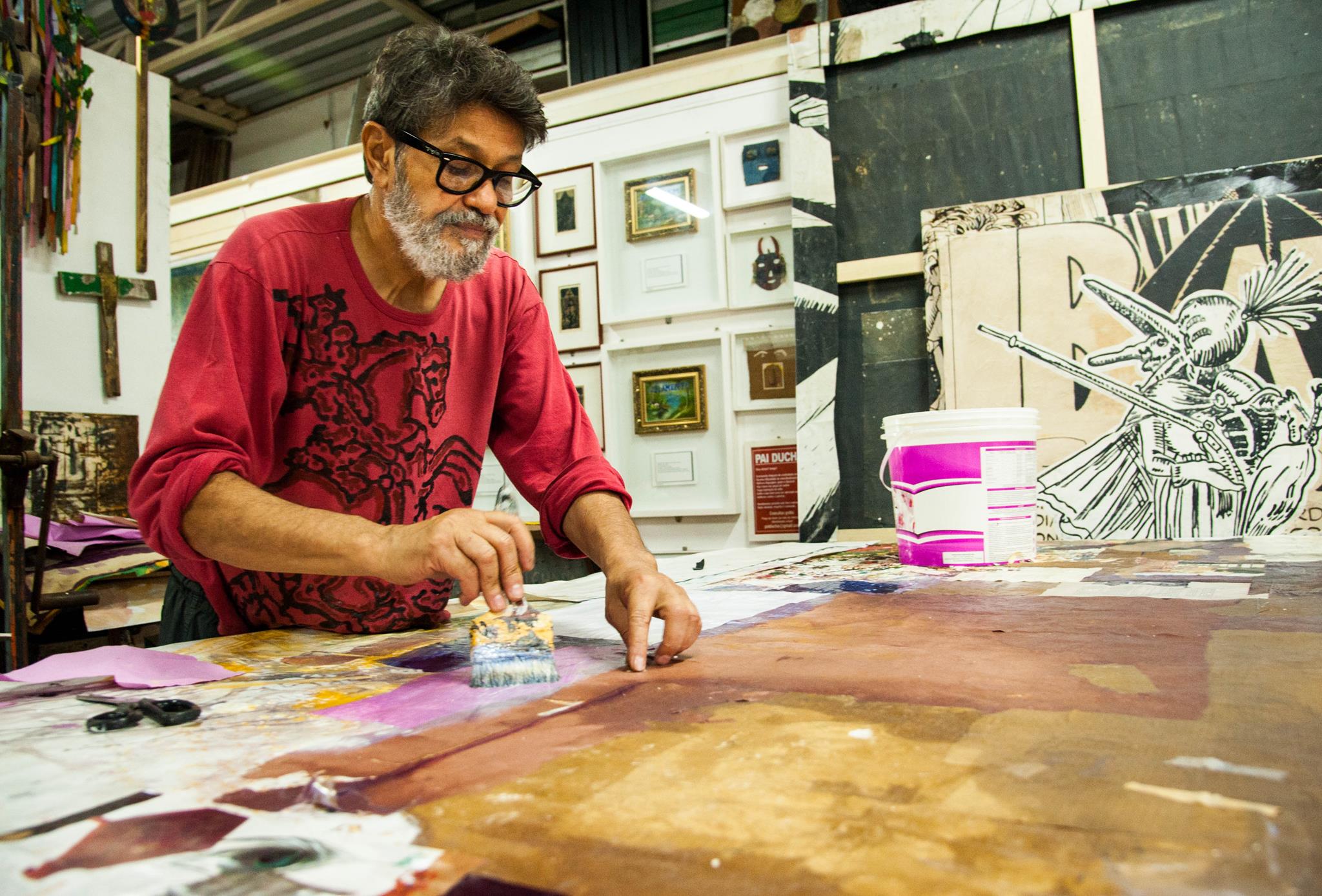
What was it like working with Julio Ferreira Sekiguchi to curate the exhibition? How did his vision contribute to the presentation of his works?
I’ve known him for 32 years, and we’ve always worked together. We work together in partnerships, on artistic works. This is the first time he has curated for me and it was a very natural thing to work with Júlio in terms of curation. What Júlio does as a curator is try to organize this chaos that is my work in a way that makes it more interesting within the exhibition as a whole. He came to the Studio and suggested that I do more of a certain series, that I do more in a certain way to be able to compose and tell this story. So, I feel very comfortable, and so does he, to say “this goes here, this doesn’t go”. And he talks a lot about my family in the text of the presentation because he knew my parents, he knew my family, so he knows that my family, my origins have a lot to do with the construction of my work.
Julio Ferreira Sekiguchi mentions his concern with the discarded and leftovers of the world. How do you see art as a means of giving new life to these materials?
Not just art, I think life has to give new life to life, because otherwise we will plunge into the chaos of waste. I think, what is residue? Waste for me is everything that is no good, but what is no good for one person will be good for another, it’s more a matter of looking. I really preach conscious consumption, you won’t stop consuming, but you have to consume consciously. Reusing is inherent to human beings, they reuse everything all the time, but when you have unrestrained consumption, you don’t take advantage of it. You throw it away to buy a new one, and the new one doesn’t always fulfill the functions of the old one. I like to think that art can bring new light to these objects, to these discarded things. It really raises a question about what art is, what materiality is. I keep asking myself, almost daily, “why do I do this?” “What do I do this for? What’s the point of that?” I think the point of this is to spend time, in the best possible way, to spend time in a dignified way, to spend time without destroying the planet, to spend time without destroying society. So it’s trying to rebuild something with a small contribution, as a person, as a human being. And my way is to transform it into art. This is my contribution.
Sekiguchi suggests that to understand his works, one must understand their context and worldview. How would you describe this vision and how is it reflected in your art?
It’s because I see art in everything. If I’m on television, in the theater, in a gallery, if I’m in a cultural event, in a school, in my family, anywhere I’m seeing and making art. My worldview is a vision of a world with more conscious consumption and where people can transform everything they see into art. My worldview is always through art, everything can be art. Art is a concept.
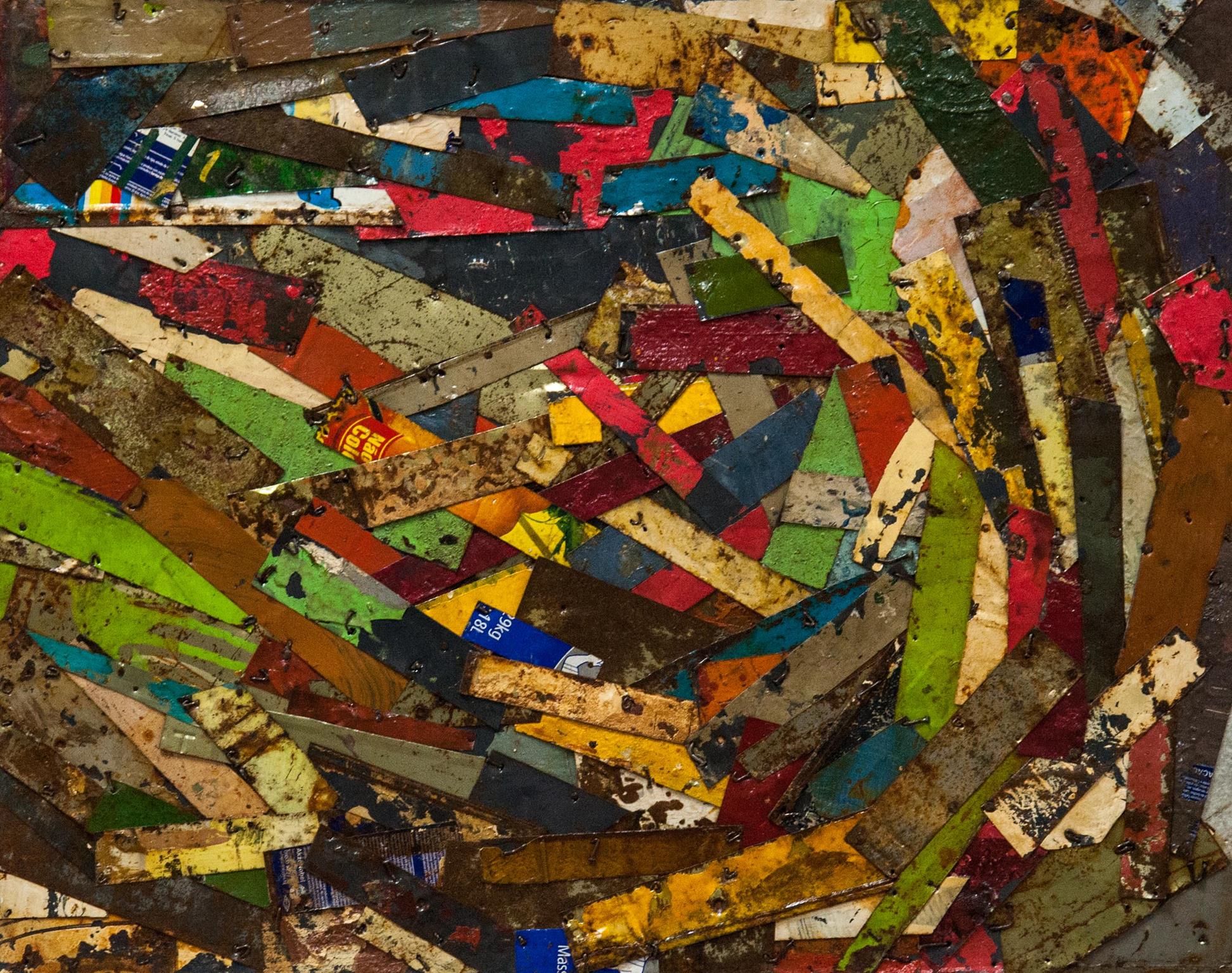
You have an extensive career as an art director in television productions. How does this experience influence your artistic work, and is there any intersection between these two fields?
I have no distinction of medium. I make art everywhere. Whenever I go to a project, I take my original work with me. I do my work to meet demands, be it dramaturgy, a parade, whatever, always with my work and expressing my vision of the world.
Which artists, whether from art history or contemporary, have influenced your work and in what way?
I am an art book aficionado. So I would say that, Bispo do Rosário is the first, Robert Rauschenberg, all the new French realists, and my partners, Julio himself Sekiguchi , Marco Cardoso, Edmilson Nunes, Deneir , Jorge Duarte, are my contemporaries. Roberto Tavares, Ronald Duarte, with whom I founded the group Imaginário Periférico. Everything you see influences you in a way, and that’s what art history is. Not to mention the masters, Leonardo Da Vinci, Van Gogh, always have to learn them, and they have a prominent place in learning. I’m very inspired by popular artists, those from communities, who don’t have an established art market but who have powerful work. This type of art, of people, of artists, delights me a lot and I am inspired by them all. And in scientists, filmmakers, in everything, everything that is an art form. And sometimes a person may even say that it is not art, but it is, deep down, a work of art. All artists influence me in some way.
What message do you hope the public takes with them after visiting the “Quadrelas Fluminenses” exhibition?
I hope everyone leaves the exhibition with the desire to save the world (Laughter). I think that when people go to an art exhibition, they don’t necessarily have to leave with something more or less. I think it’s part of learning and should be part of every citizen’s routine to go to exhibitions, art galleries, museums, theaters, in short… Contemplating art. So what I hope is that people are happy and that I can contribute in some way to their knowledge in some area. May you see and share a little of my worldview.
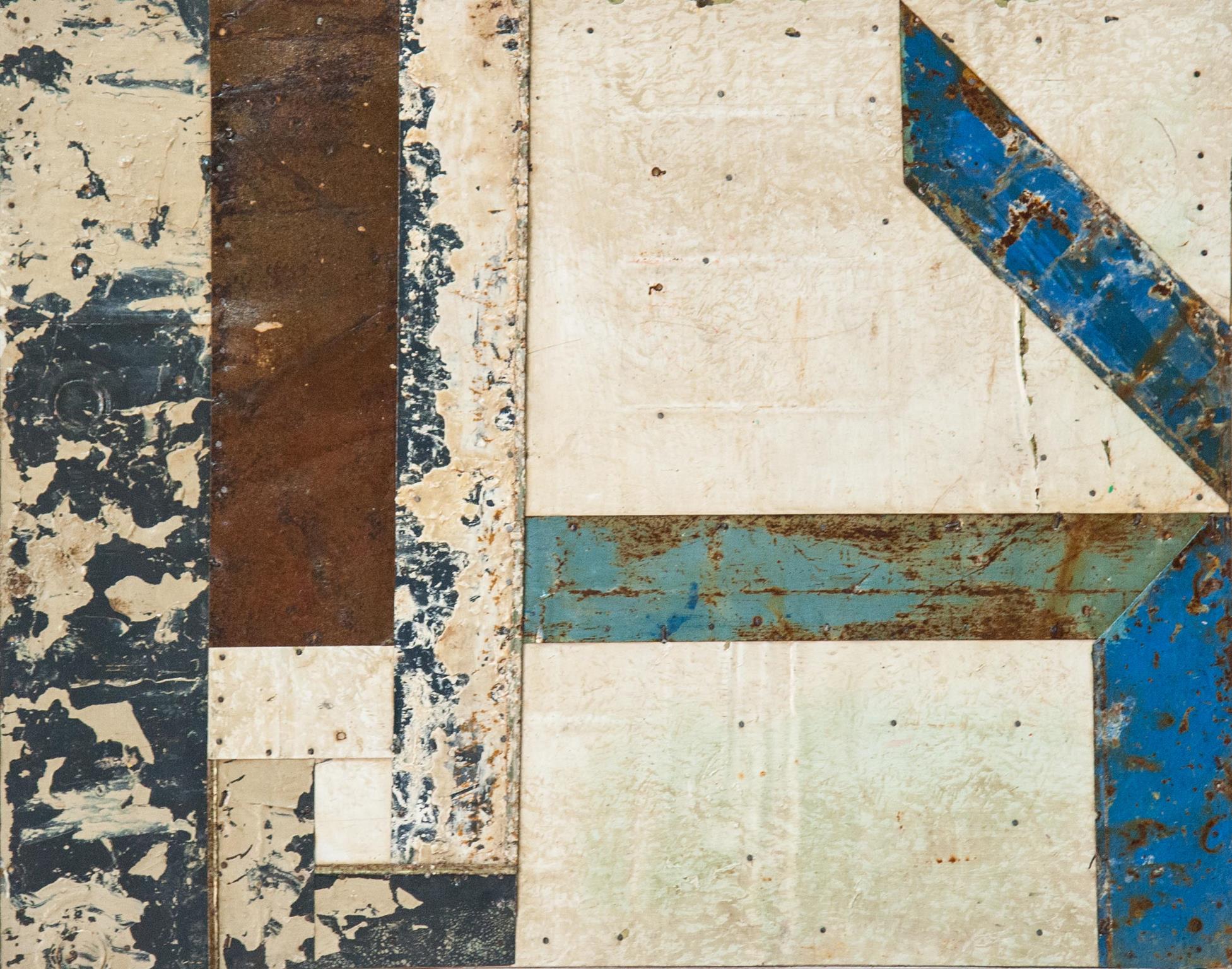
After “Quadrelas Fluminenses”, are there any projects or themes that you are particularly interested in exploring in your next series of works?
I always have 200 projects in progress. When I talk about 200, it’s not strength of expression, no. There are actually hundreds. I think a million things at the same time. The next project I have to carry out is the art direction course also for Nova Iguaçu. There are several exhibitions scheduled for next year. It’s like I said before, my work is cyclical. I have works from 1993 that I have never exhibited, a whole series, made of stone, so I’m thinking about doing a solo exhibition about that. I think of countless others. Initially, I will have three more solo exhibitions, because I work 12 hours a day, every single day. I’m producing, I’m producing. I don’t show everything. You have to be prepared, you have to have time to prepare and to show it. And we don’t have enough space in the city, mainly, to exhibit, to have an exhibition frequently in places. We have few cultural spaces, we have few exhibition spaces. So, I think it is also a goal of mine to transform Cenarte , where I will exhibit Quadrelas, back into a living space of art and culture.
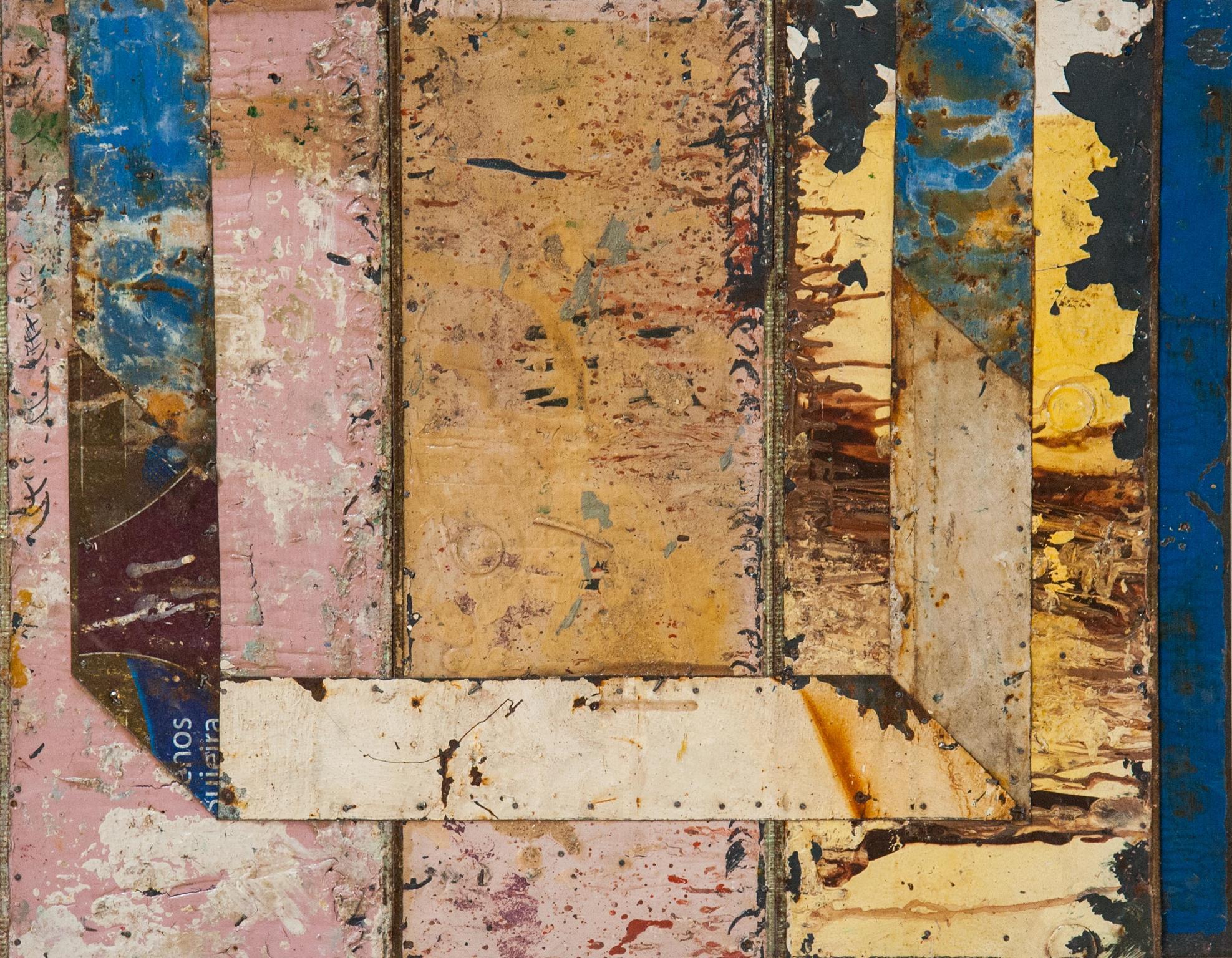
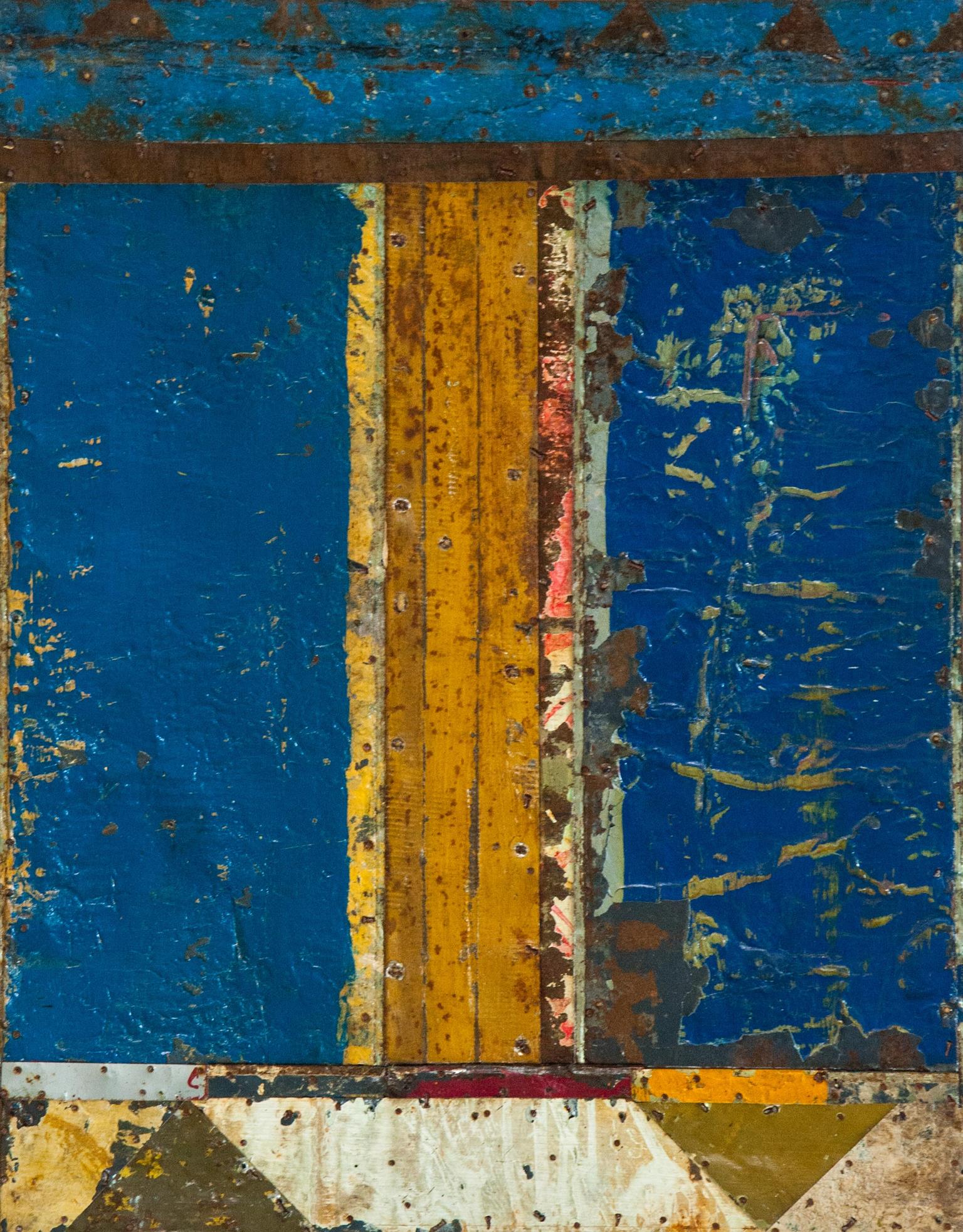

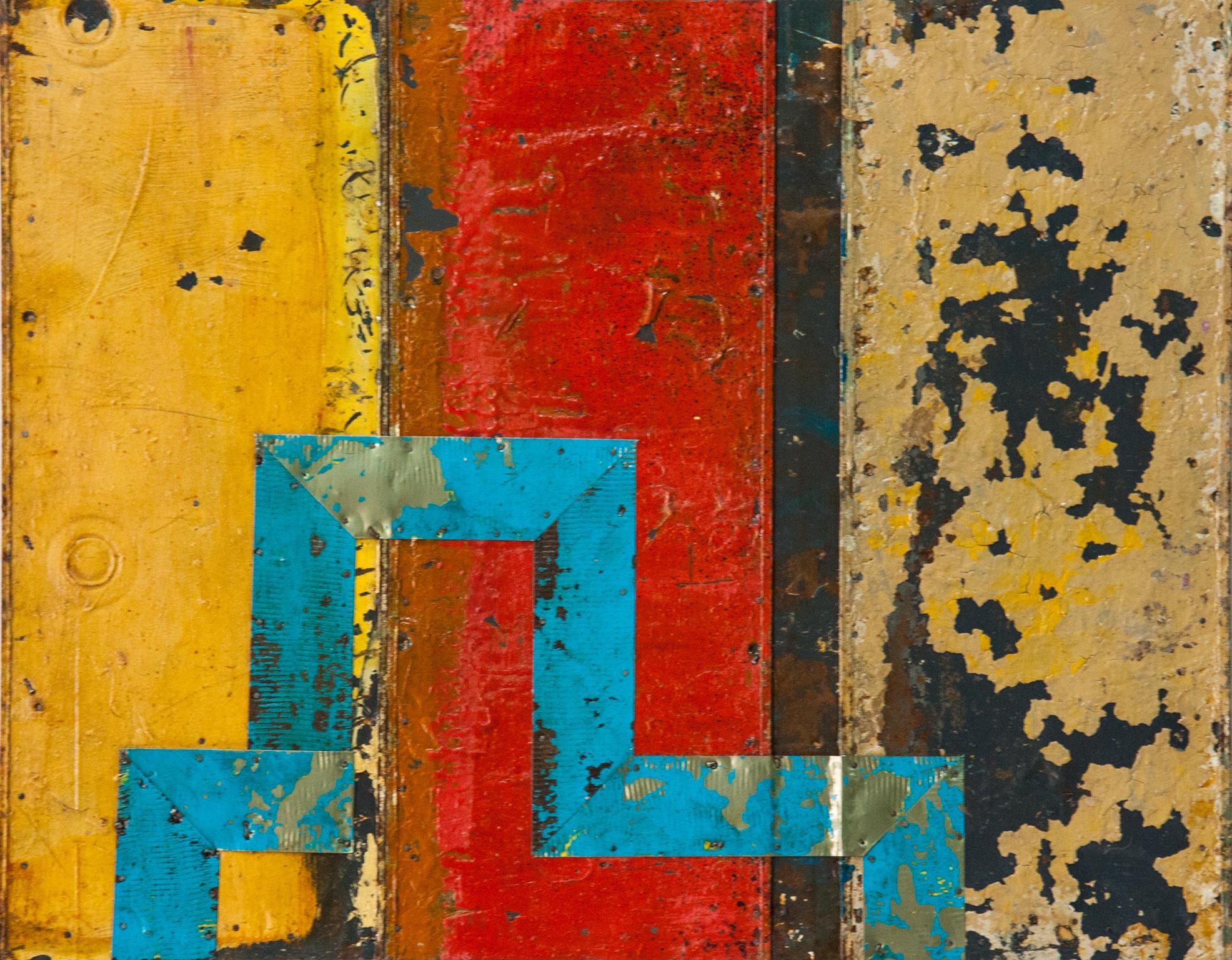
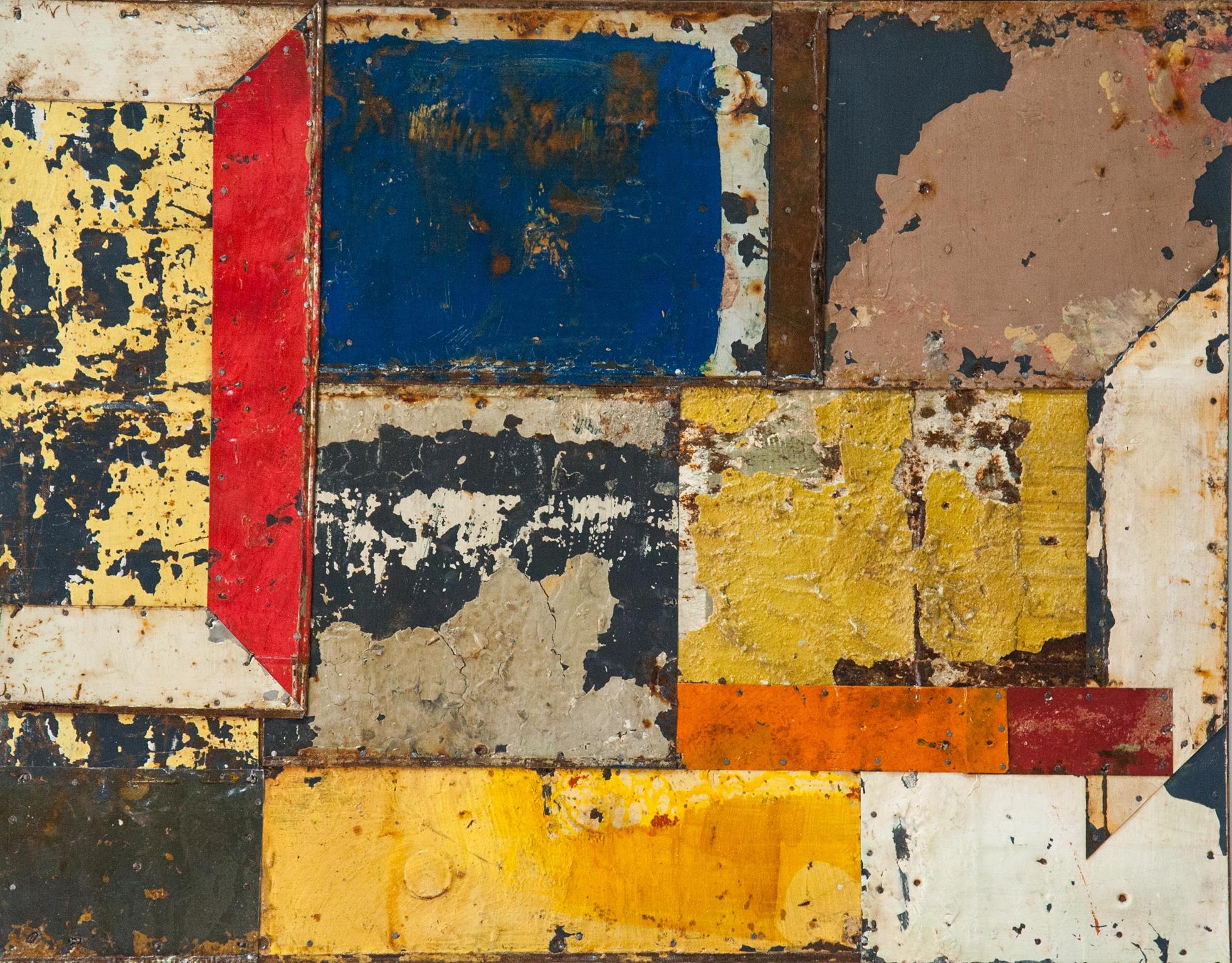
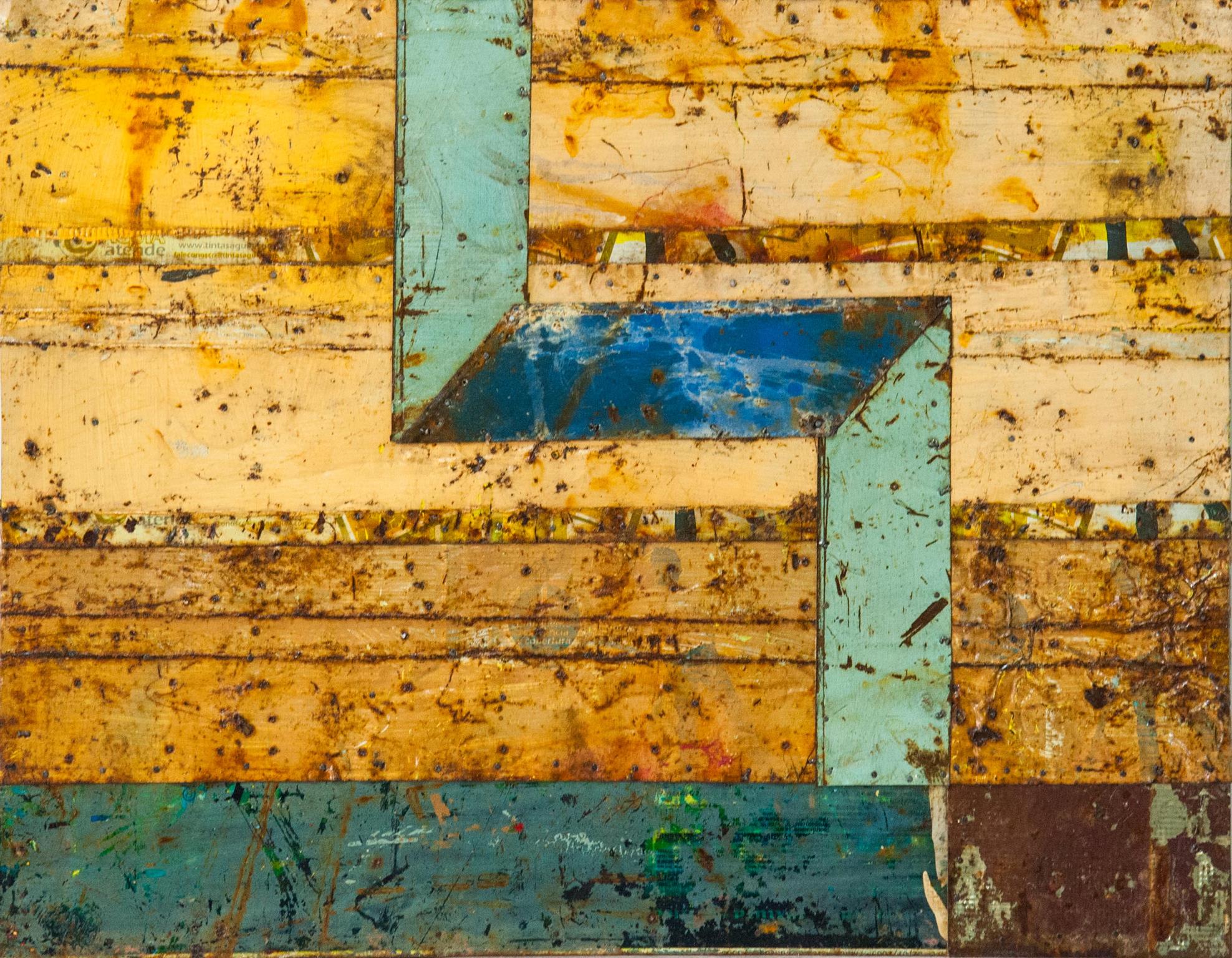
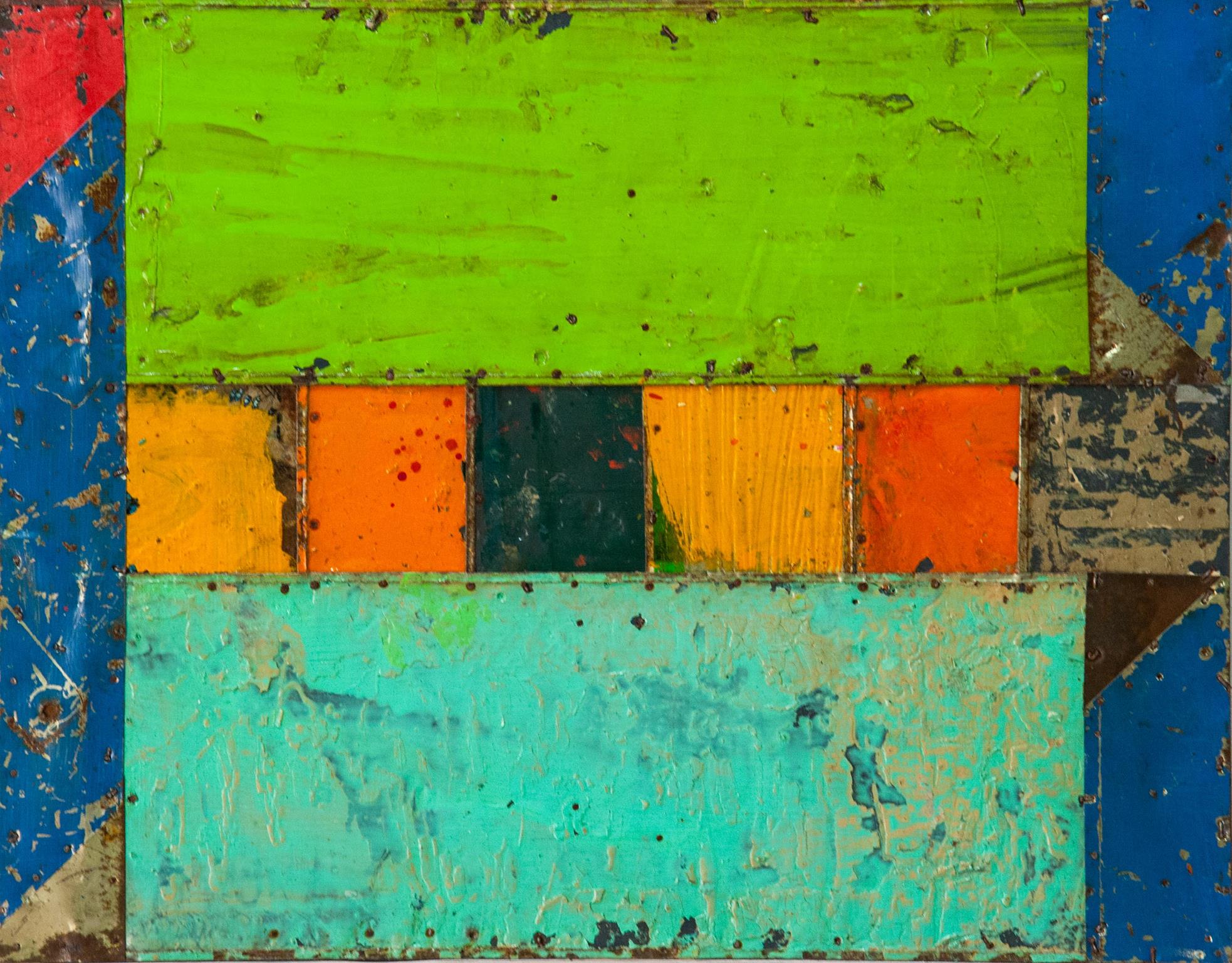
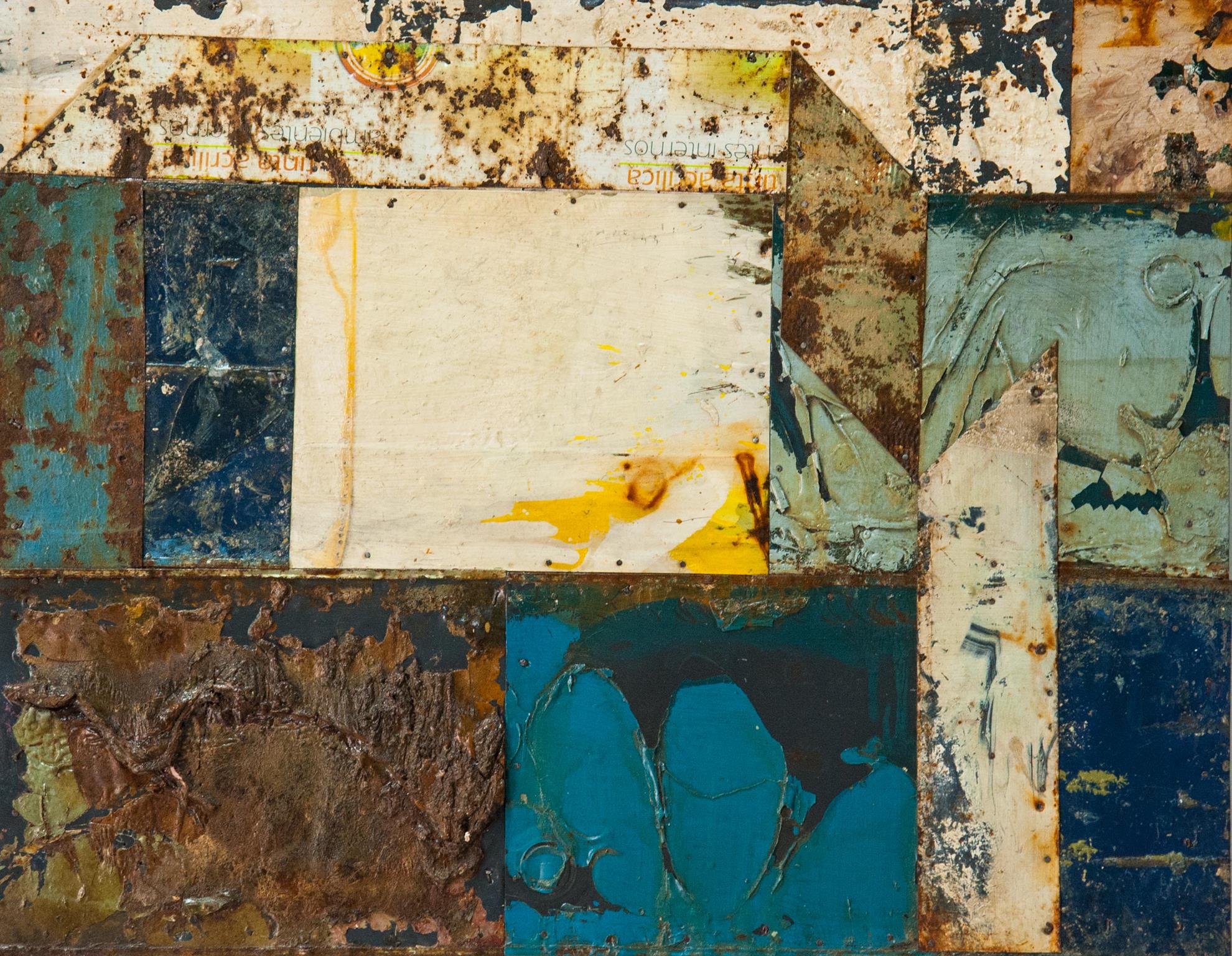
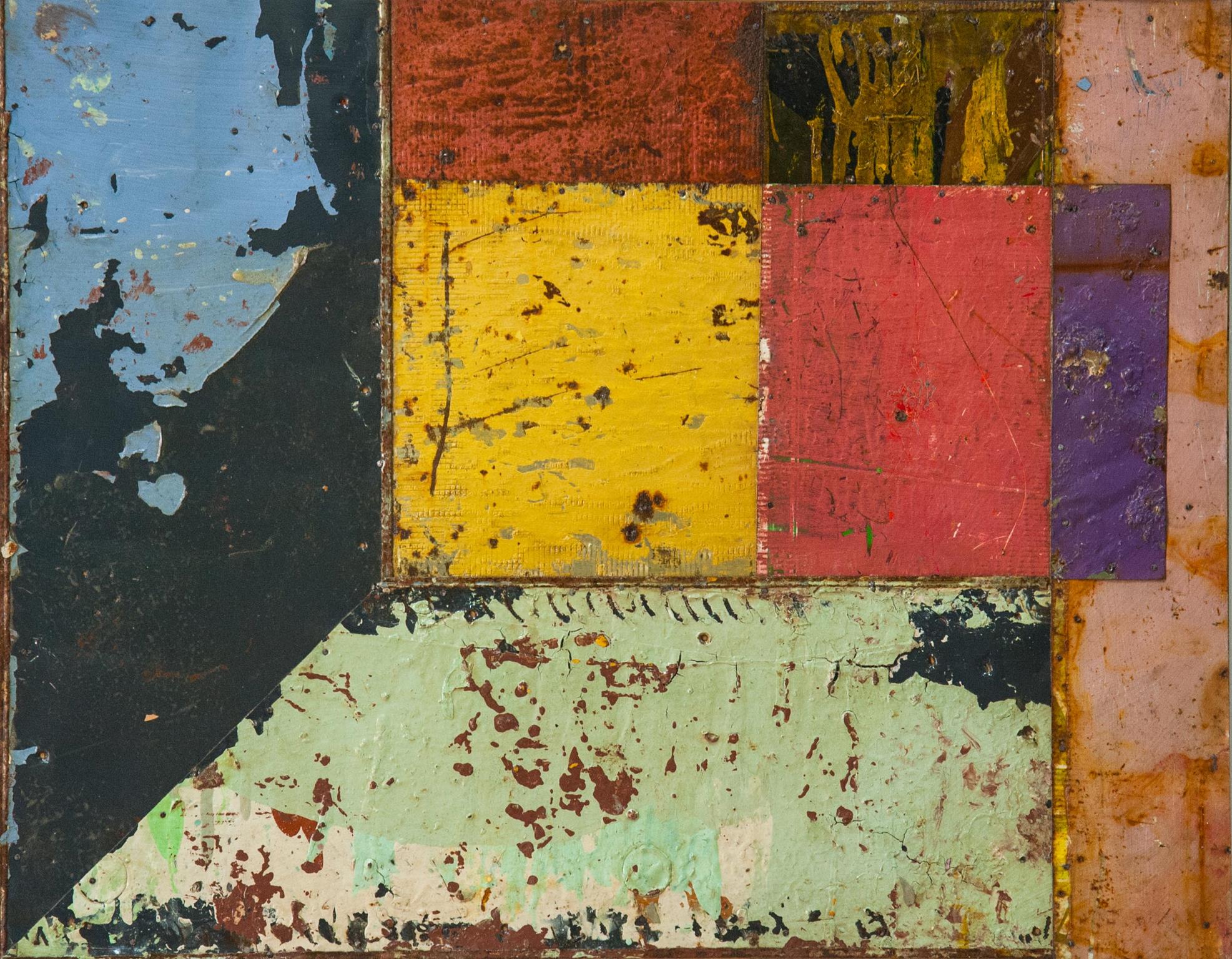
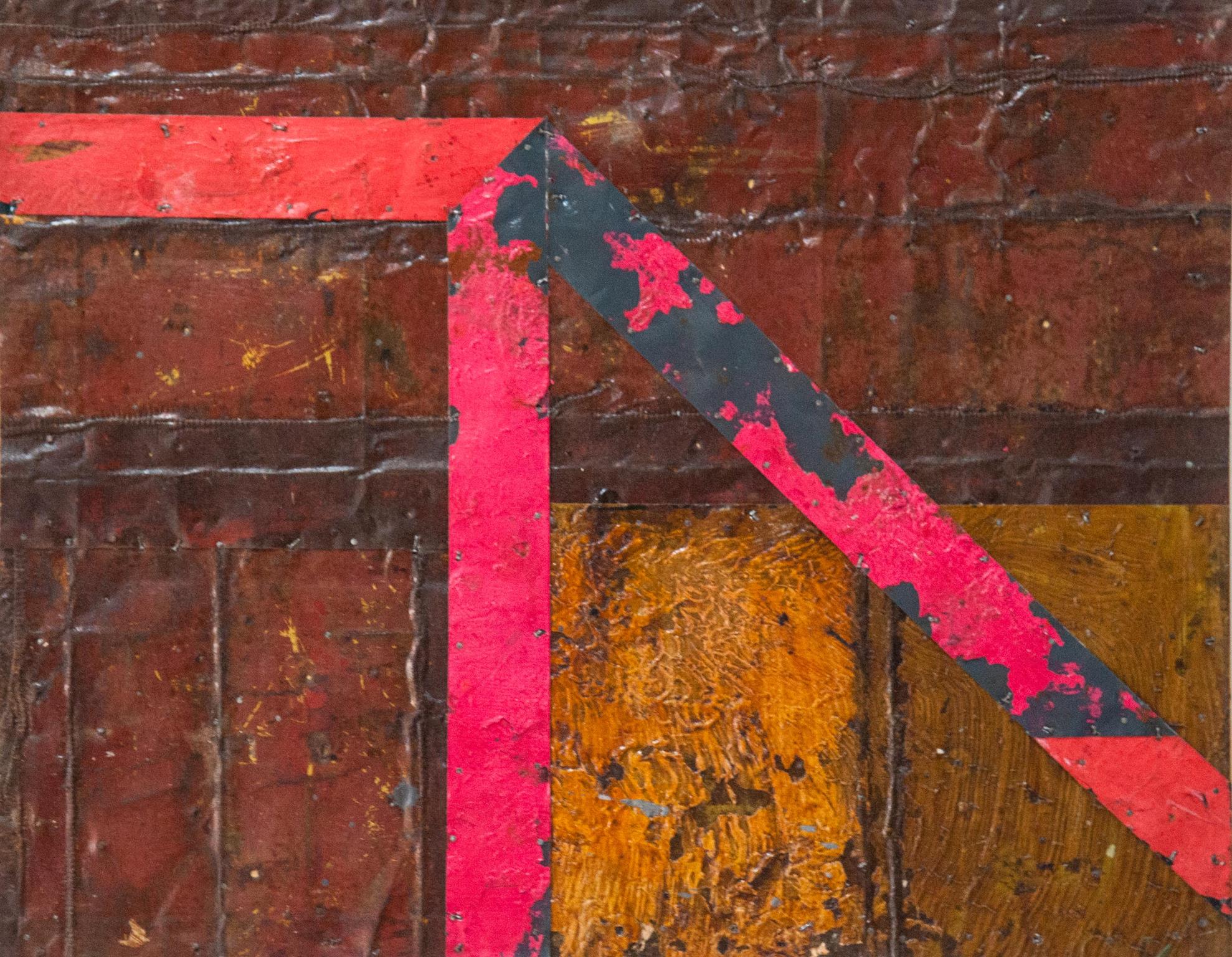
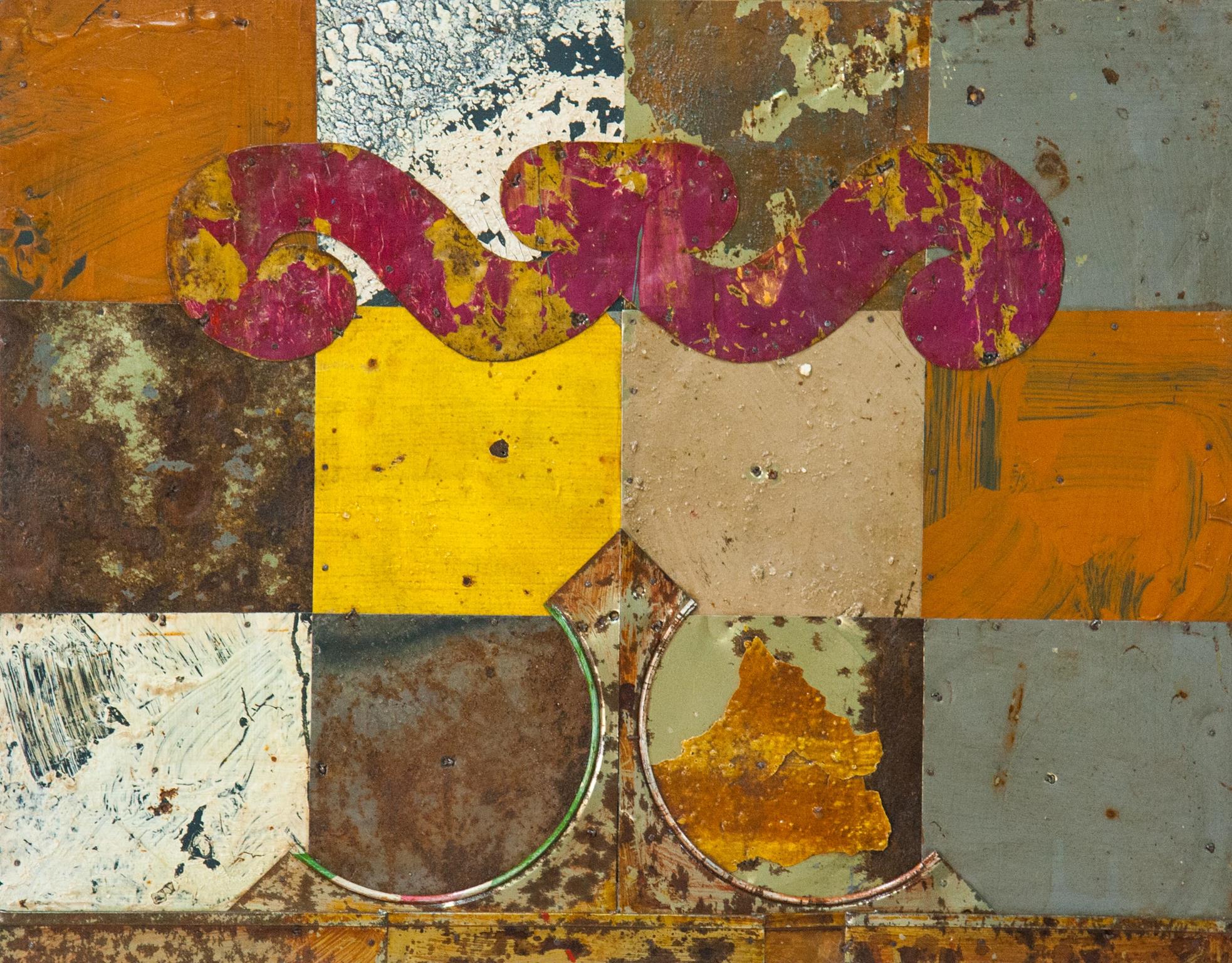
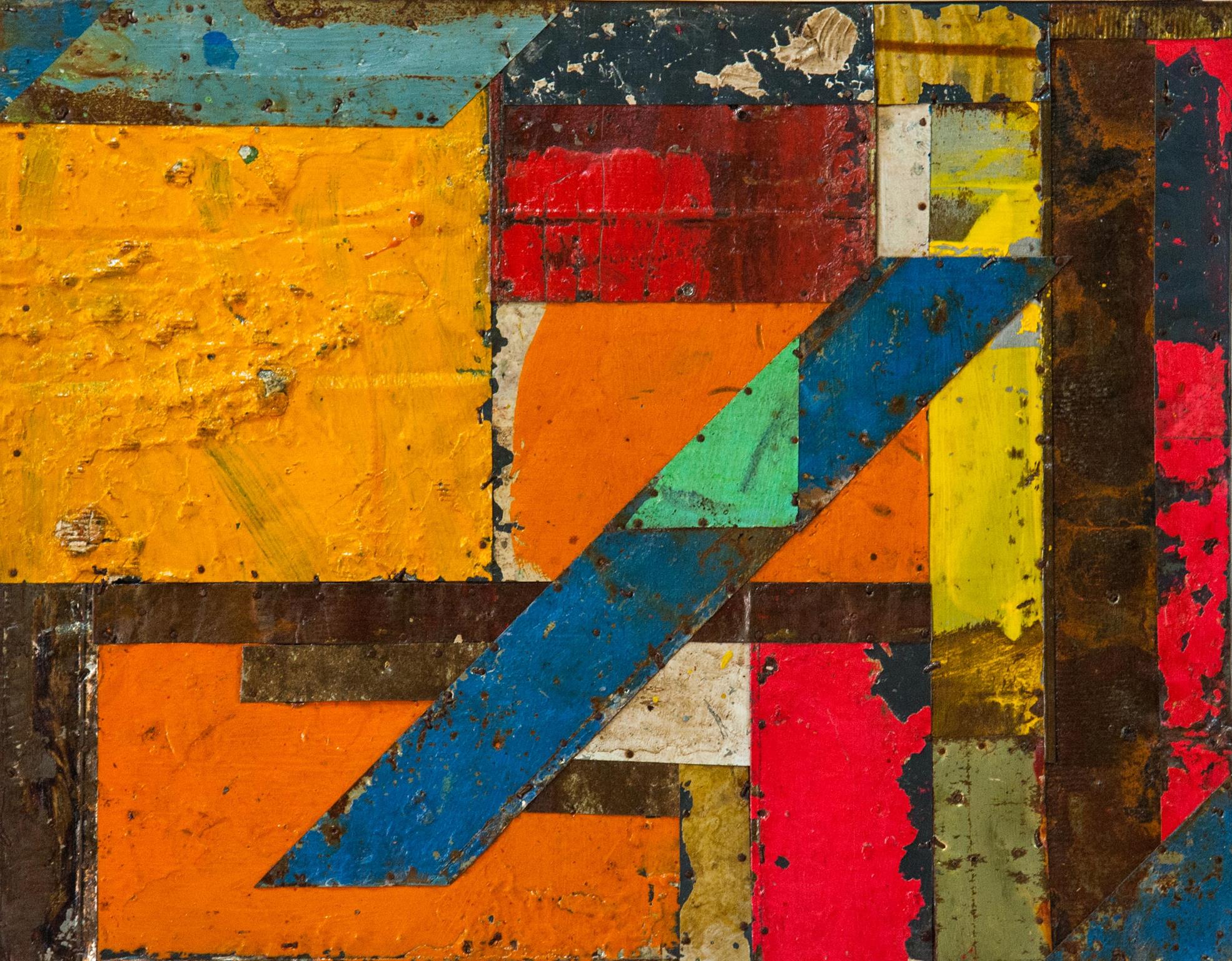


Follow Raimundo Rodriguez on Instagram


